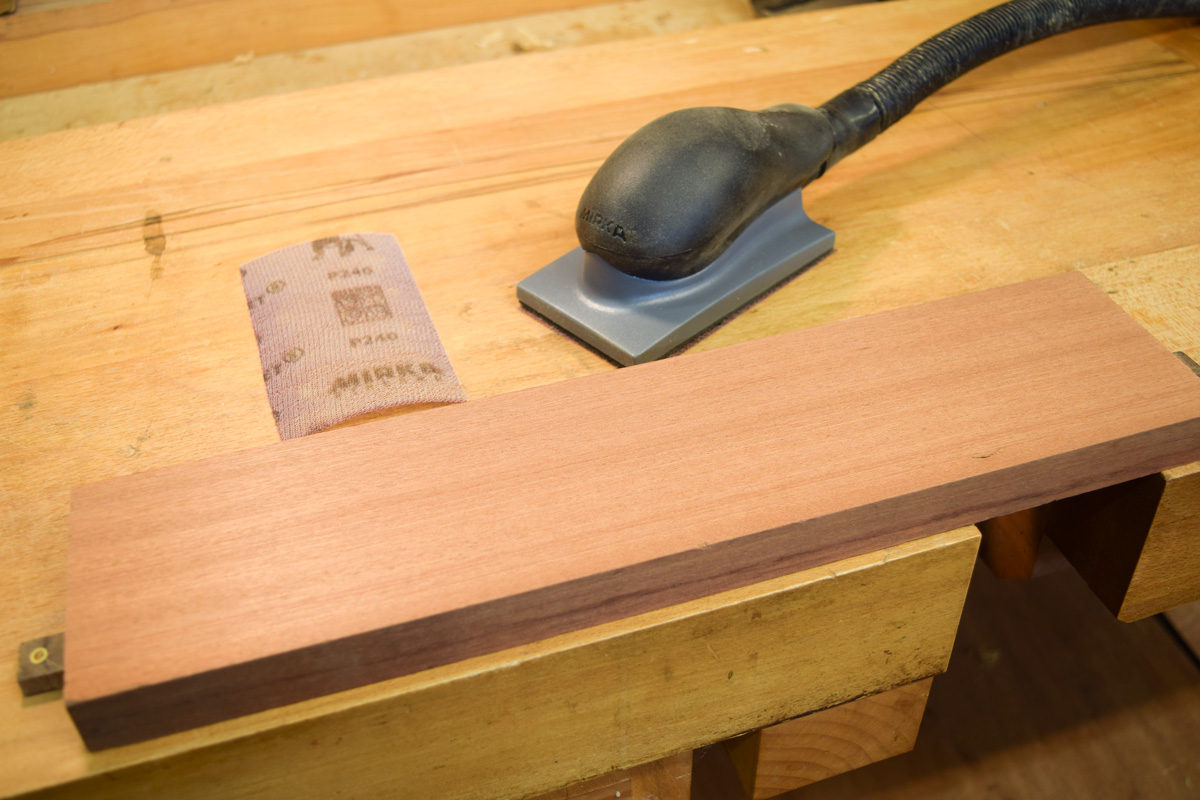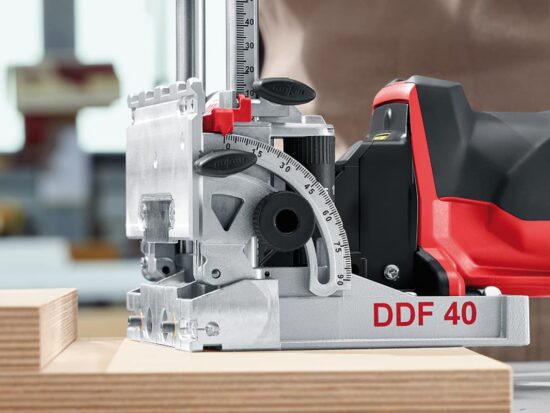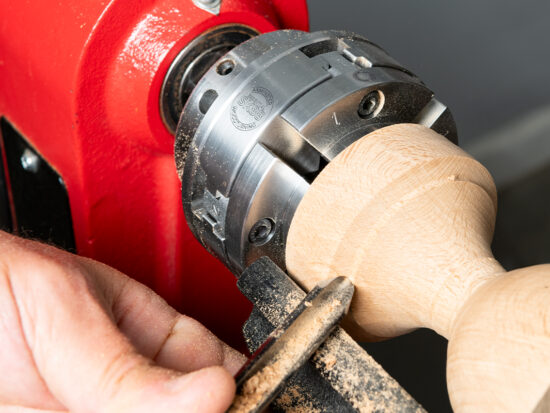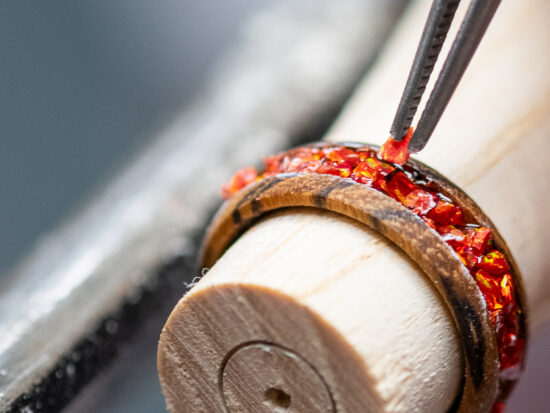Sanding with Mirka

Sanding a project is one of those tasks which I guess most woodworkers approach with a sigh of resigned inevitability...it’s one of those things that eventually has to be done, so at the appropriate time, the dusk mask is donned, the loins are girded and the sanding started.

For donkey’s years, I’ve been using the standard aluminium oxide hand sanding papers in all their various grits, mostly ranging from 120 to 320g and used with a cork block. Thus far, they’ve always proved pretty good and done a decent job of sanding the wood ready to accept a finish.
They do though come with several very obvious disadvantages. The image above shows the basic culprit...dust!
This lump of mahogany from the oddments box was planed with my Veritas smoother after which I used some aluminium oxide papers (240 & 320g) to sand it. You’ll be able to clearly see the considerable amount of dust generated after only a few minutes sanding. Not only does the dust clog the surface of the timber, but it also means that it’s mandatory to wear a dust mask or respirator, which is irritating at the best of times and infuriating if, as I do, you wear glasses and the lenses start to steam up!
Some years ago, Mirka introduced the Abranet® system of sanding, whereby a flexible open mesh is covered with abrasive particles, the concept being that when coupled to an appropriate extractor significantly more dust is removed. In use, the mesh is stuck to the sanding block (or powered sander) with a Velcro or ‘hook and loop’ fastening, the result of which is that almost all of the dust generated ends up in the extractor, leaving just a tiny smear which can be detected when finger tips are run across the surface.

The second image shows the same piece of wood sanded with the Mirka sanding pad Mirka sanding pad together with 240 and 320g Abranet® abrasives. In practice, it’s difficult to tell that the surface is being sanded as there’s no dust visible.
It should be noted that the current image shown of the sanding block is the original pattern, which I used when the system was first introduced. When connected to an extractor, it made a totally unacceptable and very loud whistling noise which even the best ear defenders couldn’t hide. The design was subsequently modified by Mirka which is the one I’ve just been testing in the workshop and this does NOT make any sort of high pitched racket!






